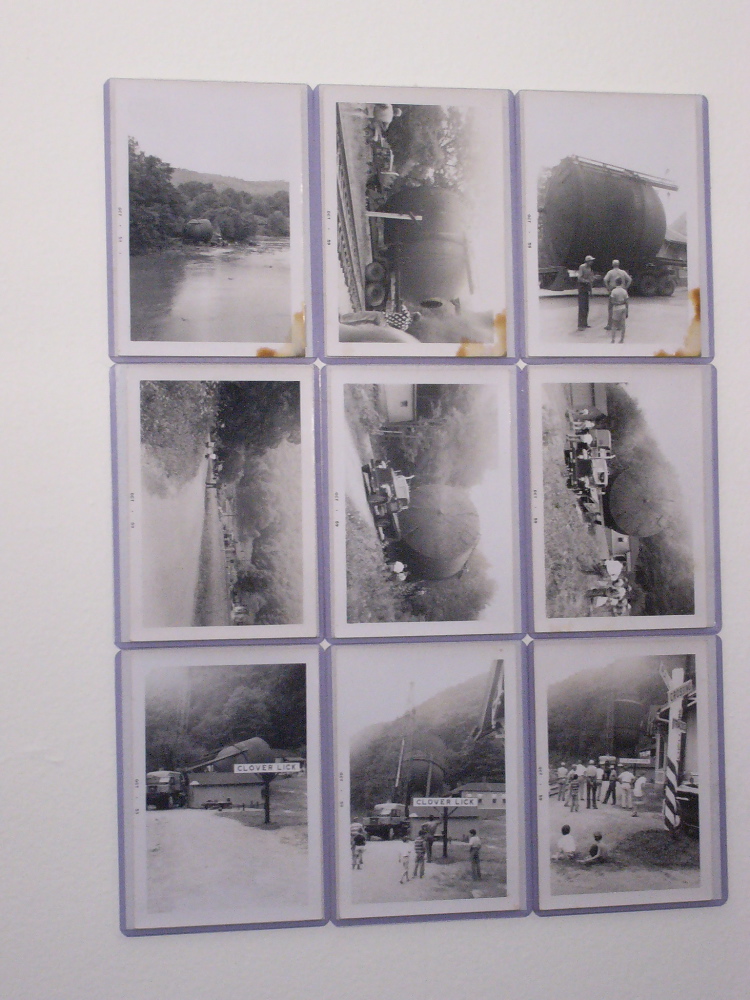Schwarz
View current page
...more recent posts
untitled (clover lick tank) 11 3/4 x 15 3/4" 10/59-6/05 photographic prints, acrylic sleeves and doublestick foam tape
[....]
It is no accident, then, that the two most interesting monographic articles in the catalog deal with Warhol. In his article Mechanical Snobbery Baudrillard discusses Warhol in connection with hypostasis, namely the picture as a substance which stands on its own and is a carrier of sociocultural and ideological processes. Warhol is not part of the history of art, he is simply part of the state of the world – our world. He does not represent it, he is a fragment of it, a fragment in its pure state. According to Baudrillard Warhol realises a fetishistic transmutation of image and sign. After the object has liberated us from representation, Warhol liberates us from art and its critical utopia. Baudrillard fits Warhol neatly into his philosophy of the disappearing world, in which universality, alienation-emancipation, and the object-subject dichotomy are lost. He calls Warhol?s work an anthropological challenge for art and aesthetics. Benjamin H.D. Buchloh endorses this in The Andy Warhol Line by investigating Warhol's ambivalent relationship to the cultural industry. According to Buchloh, Warhol takes to the hybrid fusion of elitist art and mass culture like a fish to water: Artistic objects participate enthusiastically in a state of general semiotic anomie, a reign that Warhol called 'business art business'. Warhol's work proclaims the time frame, social space, a referent, making his work exceedingly suitable for cultural-critical examination.
[....]
An epic poem of early Pop by the architects Alison and Peter Smithson, in an essay published in November 1956, three months after the landmark Independent Group exhibition ‘This is Tomorrow’ opens at the Whitechapel Gallery: ‘Gropius wrote a book on grain silos, Le Corbusier one on aeroplanes, and Charlotte Perriand brought a new object to the office every morning; but today we collect ads.’ Forget that Gropius, Corbusier and Perriand were also media-savvy; the point is polemical: they, the protagonists of modernist design, were cued by functional structures, vehicles, things, but we, the celebrants of Pop culture, look to ‘the throw-away object and the pop-package’ for our models. This is done partly in delight, the Smithsons suggest, and partly in desperation: ‘Today we are being edged out of our traditional role by the new phenomenon of the popular arts—advertising . . . We must somehow get the measure of this intervention if we are to match its powerful and exciting impulses with our own.’ [1] Others in the IG, Reyner Banham and Richard Hamilton above all, share this urgency.
[....]

